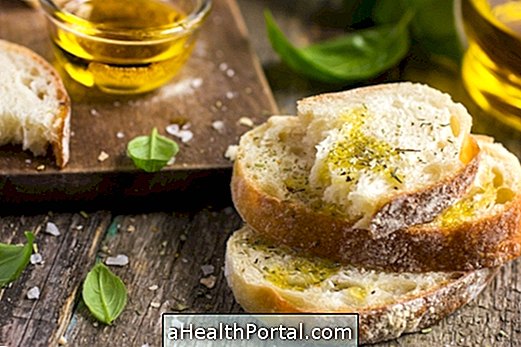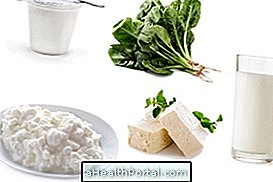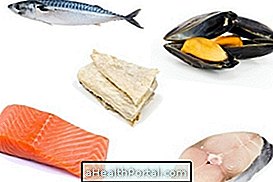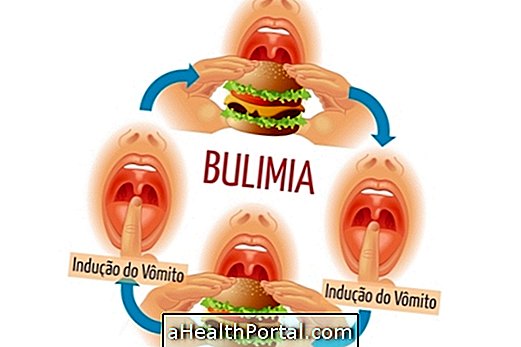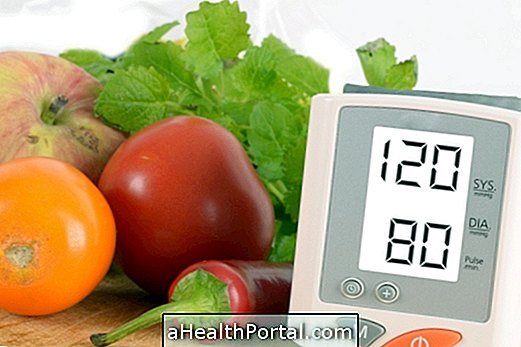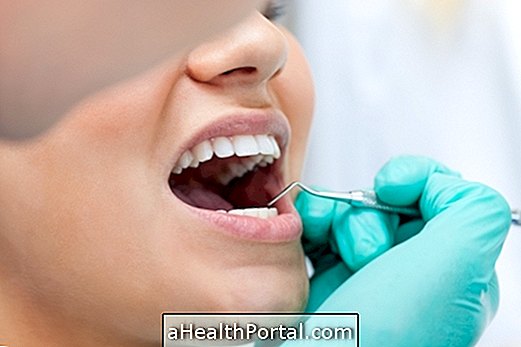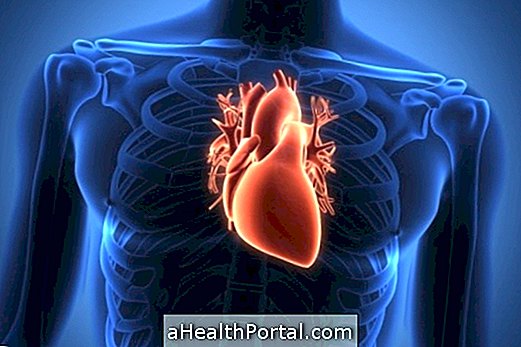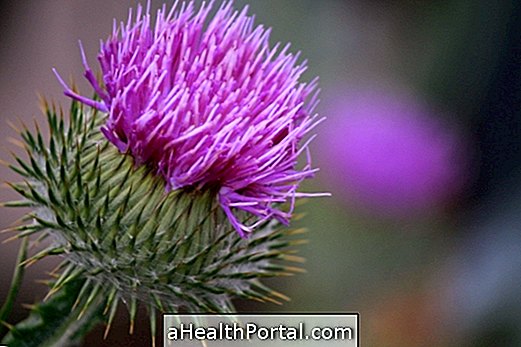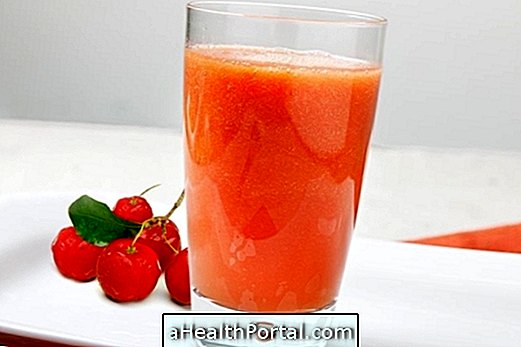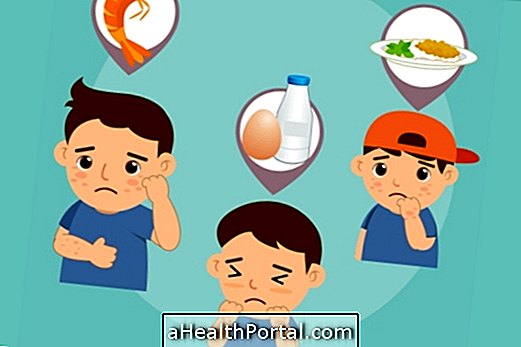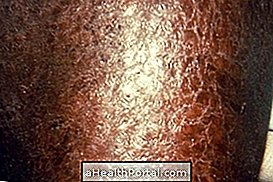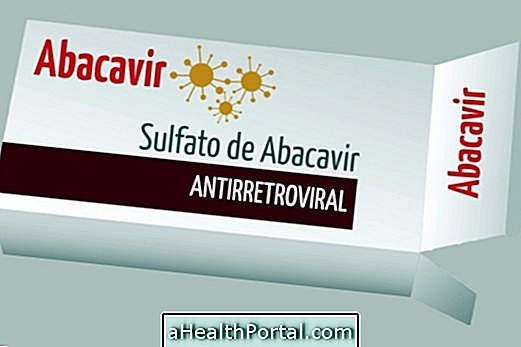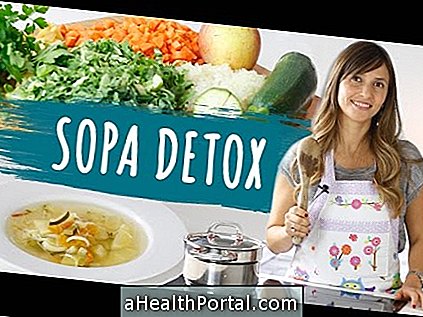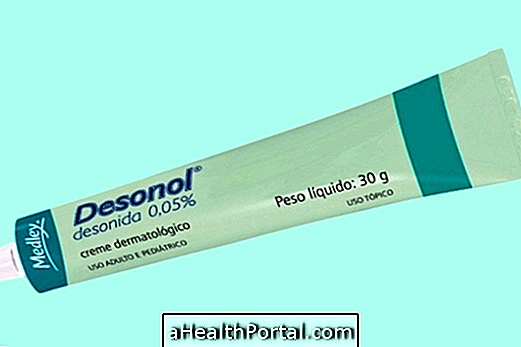In the diet during treatment for H. pylori should avoid consuming foods that stimulate the secretion of gastric juice, such as coffee, black tea and cola drinks, as well as avoid foods that irritate the stomach, such as pepper and processed and fatty meats, like bacon and sausage.
H pylori is a bacterium that lodges in the stomach and usually causes gastritis, but in some cases, this infection can also lead to other problems such as ulcers, stomach cancer, vitamin B12 deficiency, anemia, diabetes and liver fat, and so when it is discovered, it is necessary to perform the treatment indicated by the doctor until the end.
Foods Allowed in the Treatment of H. pylori
The foods that help in the treatment are:
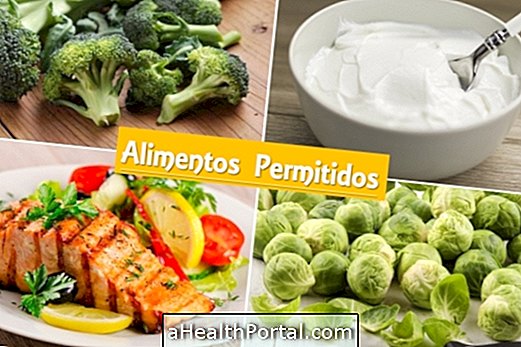
1. Probiotics
Probiotics are present in foods such as yogurt and kefir, and can be consumed as capsule or powdered supplements. Probiotics are formed by good bacteria that inhabit the intestine and stimulate the production of substances that fight this bacterium and reduce the side effects that appear during the treatment of the disease, such as diarrhea, constipation and poor digestion.
2. Omega-3 and omega-6
Consuming omega-3 and omega-6 helps reduce inflammation in the stomach and prevent the growth of H. pylori, helping to treat the disease. These good fats can be found in foods like fish oil, olive oil, carrot seeds and grapefruit seed oil.
3. Fruits and vegetables
Non-acid fruits and cooked vegetables should be consumed during the treatment of H. pylori as they are easily digested and help to improve bowel functioning. But certain fruits like raspberry, strawberry, blackberry and blueberry help to fight the growth and also the development of this bacterium and so can be consumed moderately.
4. Broccoli, cauliflower and cabbage
These 3 vegetables, especially broccoli, contain substances called isothiocyanates, which help prevent cancer and fight H. pylori, reducing the proliferation of this bacteria in the intestine. In addition, these vegetables are easy to digest and help reduce gastric discomfort caused during treatment. Thus, to achieve these effects, it is recommended to consume 70 g of broccoli per day.
5. White meats and fish
White meats and fish contain a lower concentration of fat, which facilitates digestion through the stomach and prevents the food from spreading for too long to digest, which can cause pain and a feeling of being stuffed during treatment. The best way to consume these meats is cooked in water and salt and with a bay leaf, to confer more flavor, without causing acidity in the stomach. The grilled options can be made with olive oil or 1 tablespoon of water, it is also possible to eat these meats roasted in the oven, but never in oil, neither should you eat chicken or fried fish.
How To Relieve Unpleasant Treatment Symptoms
Treatment to combat H. pylori usually lasts 7 days and is done with the use of proton pump inhibitor drugs such as Omeprazole and Pantoprazole and antibiotics such as Amoxicillin and Clarithromycin. These medications are taken 2x / day, and in general, side effects such as:
1. Metallic taste in the mouth
It appears early in the treatment and may worsen over the course of days. To help relieve, you can season the salad with vinegar and, when brushing your teeth, sprinkle on the toothpaste baking soda and salt. This will help neutralize the acids in the mouth and produce more saliva, helping to eliminate the metallic taste.
2. Numbness and pain in the stomach
Nausea and stomach cramps usually appear from the second day of treatment, and to avoid them it is important to drink plenty of water, rest, and consume easily digestible foods such as yogurt, white cheeses, and cream cracker crackers.
To relieve morning sickness, one should take ginger tea on awakening, eat 1 slice of plain toasted bread or 3 crackers of salt and water, and avoid drinking large volumes of liquids at one time. Here's how to prepare ginger tea here.
3. Diarrhea
Diarrhea usually appears after the third day of treatment, as antibiotics, in addition to eliminating H. pylori, also end up damaging the intestinal flora, causing diarrhea.
To combat diarrhea and replenish the intestinal flora, you should take 1 natural yogurt a day and eat easily digestible foods such as soups, purees, white rice, fish and white meats. See more tips on how to stop diarrhea.
What not to eat during treatment for H. pylori

During drug treatment it is important to avoid the consumption of foods that irritate the stomach or that stimulate the secretion of gastric juice, in addition to foods that worsen the collateral symptoms such as gorging, poor digestion. Thus, it is important to avoid in the diet:
- Coffee, chocolate and black tea, because they contain caffeine, substance that stimulates the movement of the stomach and gastric juice secretion, causing more irritation;
- Sodas and carbonated drinks, as they distend the stomach and can cause pain and reflux;
- Alcoholic beverages, by increasing inflammation in the stomach;
- Sour fruits like lemon, orange and pineapple, as they can cause pain and burning;
- Pepper and spicy foods such as garlic, mustard, ketchup, mayonnaise, English sauce, soy sauce, garlic sauce and diced condiments;
- Fatty meats, fried foods and yellow cheeses because they are high in fat, which makes digestion difficult and increases the time that food stays in the stomach;
- Processed meats and canned foods as they are rich in preservatives and chemical additives that irritate the stomach and intestine, increasing inflammation.
Thus, it is recommended to increase the consumption of water, white cheeses and fresh fruits, helping to reduce the inflammation in the stomach and to regulate the intestinal transit. See how the treatment for gastritis is done.
Menu for treatment of H. pylori
The following table shows the example of a 3-day menu to be used during treatment:
| Meal | Day 1 | Day 2 | Day 3 |
| Breakfast | 1 glass of natural yogurt + 1 slice of bread with white cheese and egg | Strawberry vitamin with skim milk and oats | 1 glass of milk + 1 egg scrambled with white cheese |
| Morning snack | 2 slices papaya + 1 teaspoon chia | 1 banana + 7 cashew nuts | 1 glass of green juice + 3 biscuits of water and salt |
| Lunch dinner | 4 tablespoons rice + 2 cabbage beans + chicken in tomato sauce + cabbage salad | mashed potatoes + 1/2 slice of salmon + salad with steamed broccoli | vegetable soup with cauliflower, potato, carrot, zucchini and chicken |
| Afternoon snack | 1 glass of skim milk + cereals | 1 glass of plain yogurt + red fruit bread and jelly | chicken sandwich with ricotta cream |
After treatment, it is important to remember to thoroughly clean the fruits and vegetables before eating because H. pylori may be present in raw vegetables and again infect the stomach again. Learn how H. pylori sticks .
Watch the video below and see more tips on the gastritis diet:

